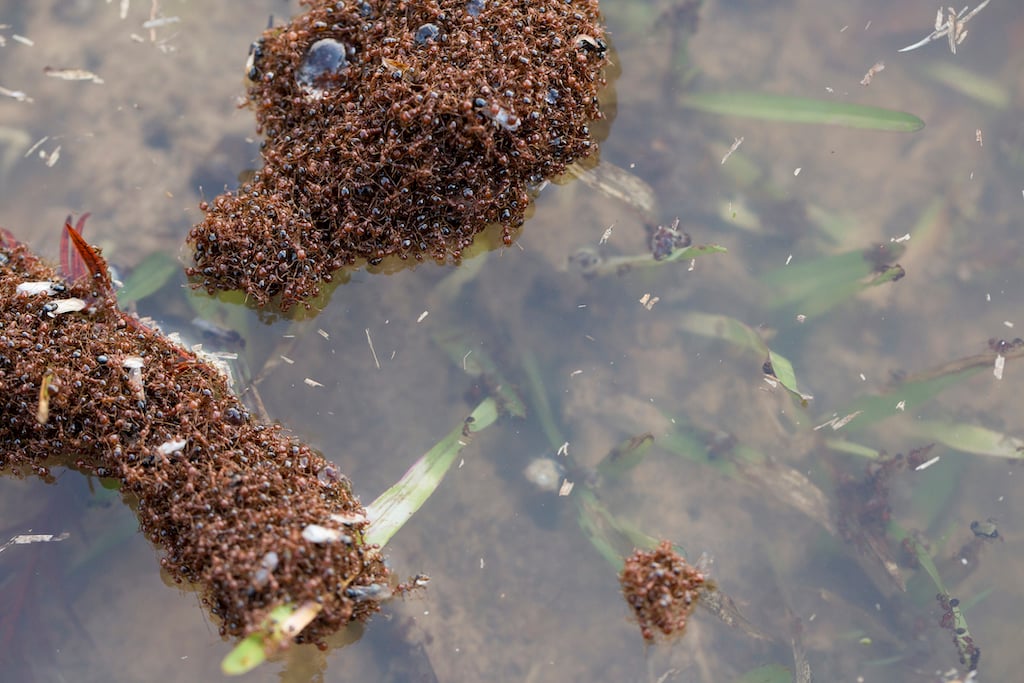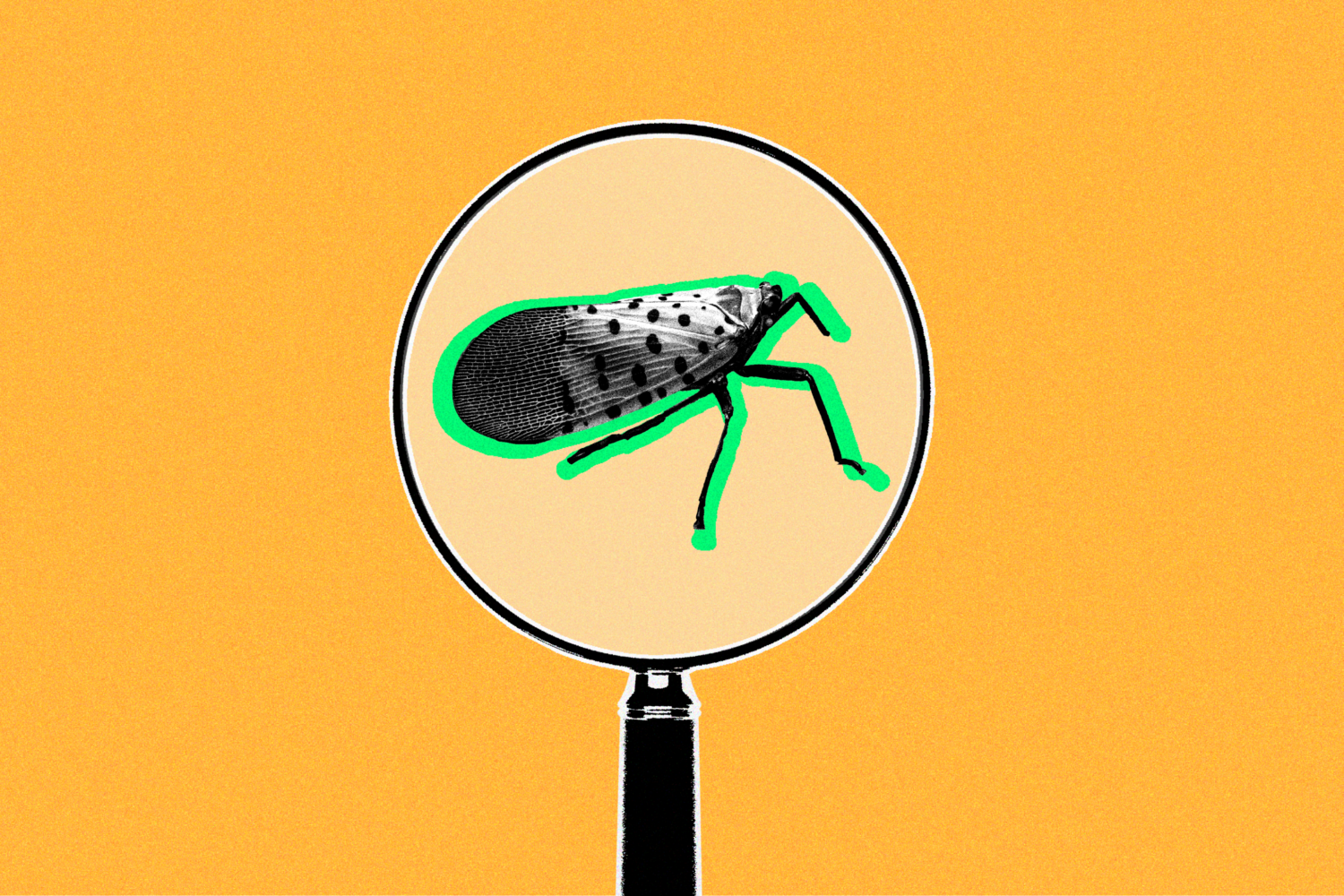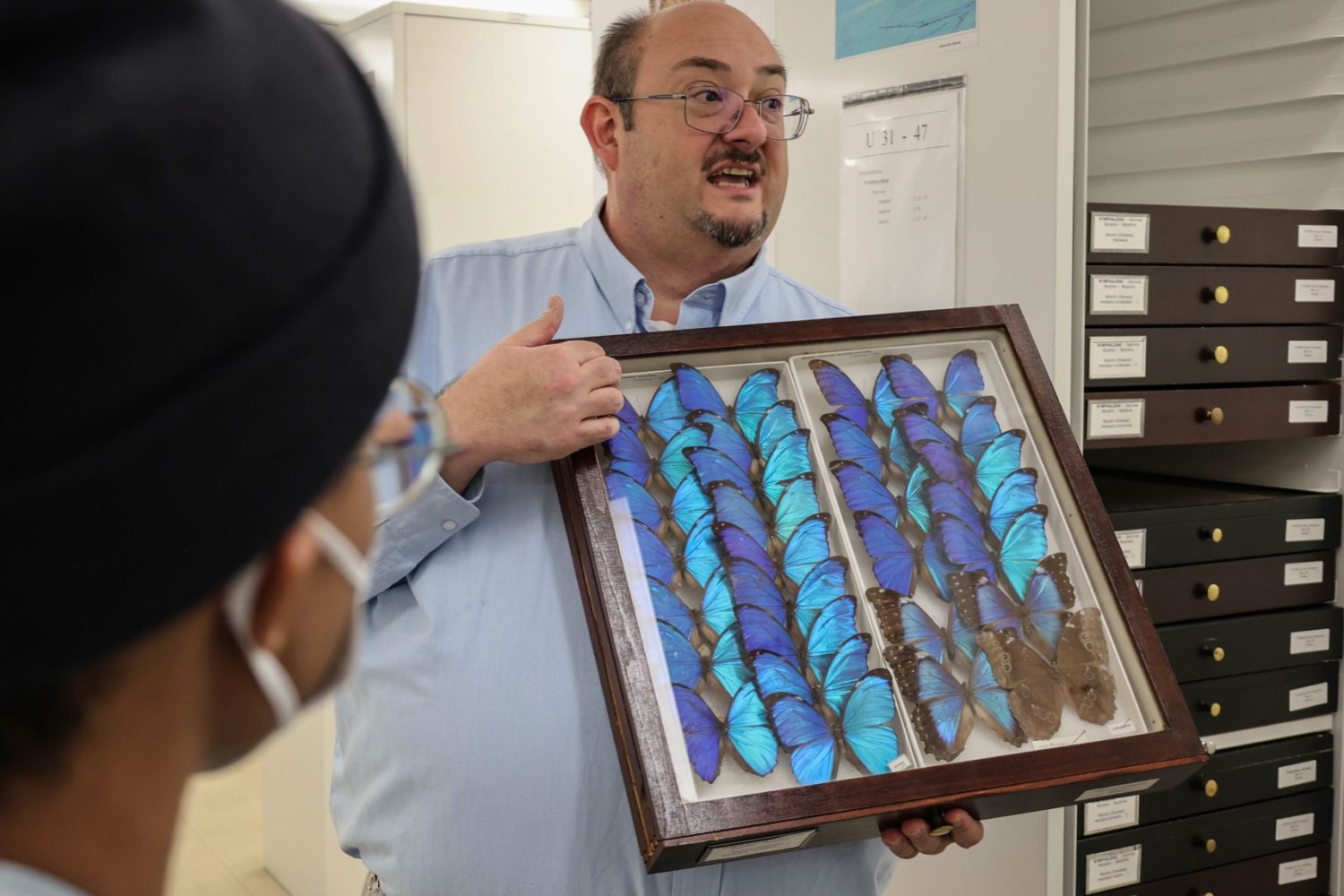Watch out—spotted lanternflies have returned to DC, and it’s everyone’s duty to smush them.
The invasive species, originally from Asia, first wreaked havoc across the northeast US in 2014 with sightings in Pennsylvania. Now, 17 states have some degree of infestation, including DC, Maryland, and Virginia.
According to the US Department of Agriculture, the spotted lanternfly (Lycorma delicatula) is an invasive, plant-hopping insect that feeds on a wide range of vegetation, including grapes, hops, stone fruits, and hardwood trees. They’re often found in their plant of choice: the tree of heaven, an invasive growth, which is definitely not heavenly with lanternflies inside.
To spot the spotted lanternflies, look for them in different stages of life: Their egg masses (which start appearing in September) are in rows, covered with a light tan-colored substance. As early nymphs, they’re black with white spots. As late nymphs, they turn into a shade of red, with black and white spots. As adults, they’re a light grayish color with red and black spotted wings. Their wings are open as early adults, and closed as late adults. Fully grown, they’re about an inch long.
They may look pretty, but they’re dangerous to many garden plants, as well as landscape and forest trees. When spotted lanternflies eat plants, they secrete a sticky, sugary fluid that creates a sooty mold. This could completely cover the plant or tree, reduce its ability to grow, and result in dieback.
They’re not great for agricultural crops, especially during fall harvest season, or for breweries and wineries, including those in the DC area. And not to mention—large accumulations of lanternflies can simply be pests.
There’s one potential weakness discovered earlier this year: they’re attracted to vibrations and could be drawn in by electricity—a control method for enticing them to gather that’s still in the works.
To report a sighting in DC, you can fill out this form. You’re encouraged to kill lanternflies at any stage, especially when you find an egg mass, to stop the spread more effectively.



















